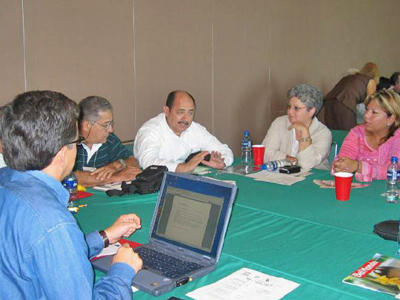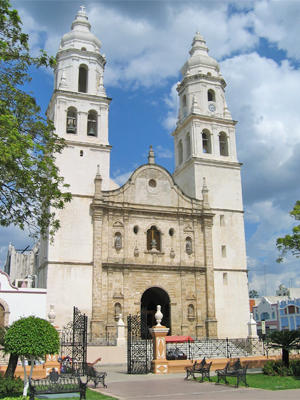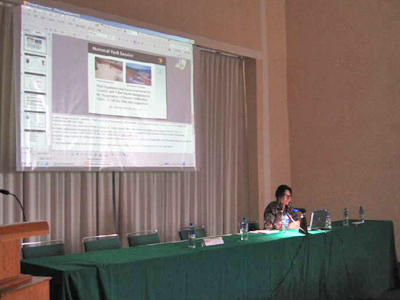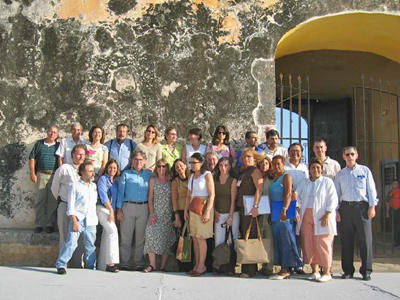Conference on the Preservation of American Fortifications
Background
Through the World Monuments Watch, WMF became increasingly aware of the conservation challenges facing the heritage of historic fortifications throughout the Americas. After several years of research and communication with colleagues in the field, WMF, the World Heritage Centre, and the Instituto Nacional de Antropología e Historia-INAH Campeche organized a conference in March 2004 to address mounting concerns about the needs of these historic sites to ensure their preservation.
How We Helped
The result of these efforts was a three-day workshop for experts working in the field and with direct knowledge of historic fortifications, bringing together 32 speakers and 45 specialists from 15 countries. Many of the iconic fortifications in the Americas were built under Spanish rule and the conference provided an opportunity for experts from Latin America, the United States, and Spain to discuss the common heritage of defensive structures. Many of the observations made during the conference suggested that historic military architecture and defensive fortifications require broader interpretation so that they are studied and interpreted by a wide variety of scholars and specialists who can speak to their role in the development of the Americas, their architectural and engineering achievements, and their relationship to local building practices, geography, topography, economic history, and how they have evolved as sites in modern times. Many historic fortifications in the Americas represent some of the earliest colonial structures erected in the region. Others represent later structures that illustrate the changing economic fortunes of areas that became major international trading centers and required new defensive structures to protect local commercial activities. The experts gathered also felt that there needed to be greater recognition of the important cultural value of these sites and that there should be greater efforts to promote them as a connected legacy rather than only as individual sites. The emphasis on a regional approach to protecting these sites led to the signing of two framework agreements, stipulating the cooperation between different fortified cities. The Meeting of Experts for the Preservation of American Fortifications led to the publication of American Fortifications and the World Heritage Convention, #19 of the UNESCO series World Heritage Papers. A second meeting of experts was convened in 2005 in Valdivia, Chile, and a publication describing the proceedings was produced, Fortificaciones Americanas en el Pacífico.
Why It Matters
In 1492, the sinking of the Santa Maria caused Christopher Columbus and hundreds of his sailors to seek shelter on the shores of America. The fortification erected to protect themselves from the unknown dangers in the New World became just one of many defensive structures in the Americas that would serve conquerors and residents for centuries. Today the surviving fortifications are an important element in understanding the social and economic development of the Americas by European colonists. The protection and interpretation of this maritime military, engineering, and economic legacy is a complex process. The location of these monuments was strategic and greatly affected the development of cities and towns, as they were often the driving force behind urban expansion. They represent the ingenuity of those who designed and built them and often are the key to understanding local history and the great cultural exchanges that took place because of their creation.




